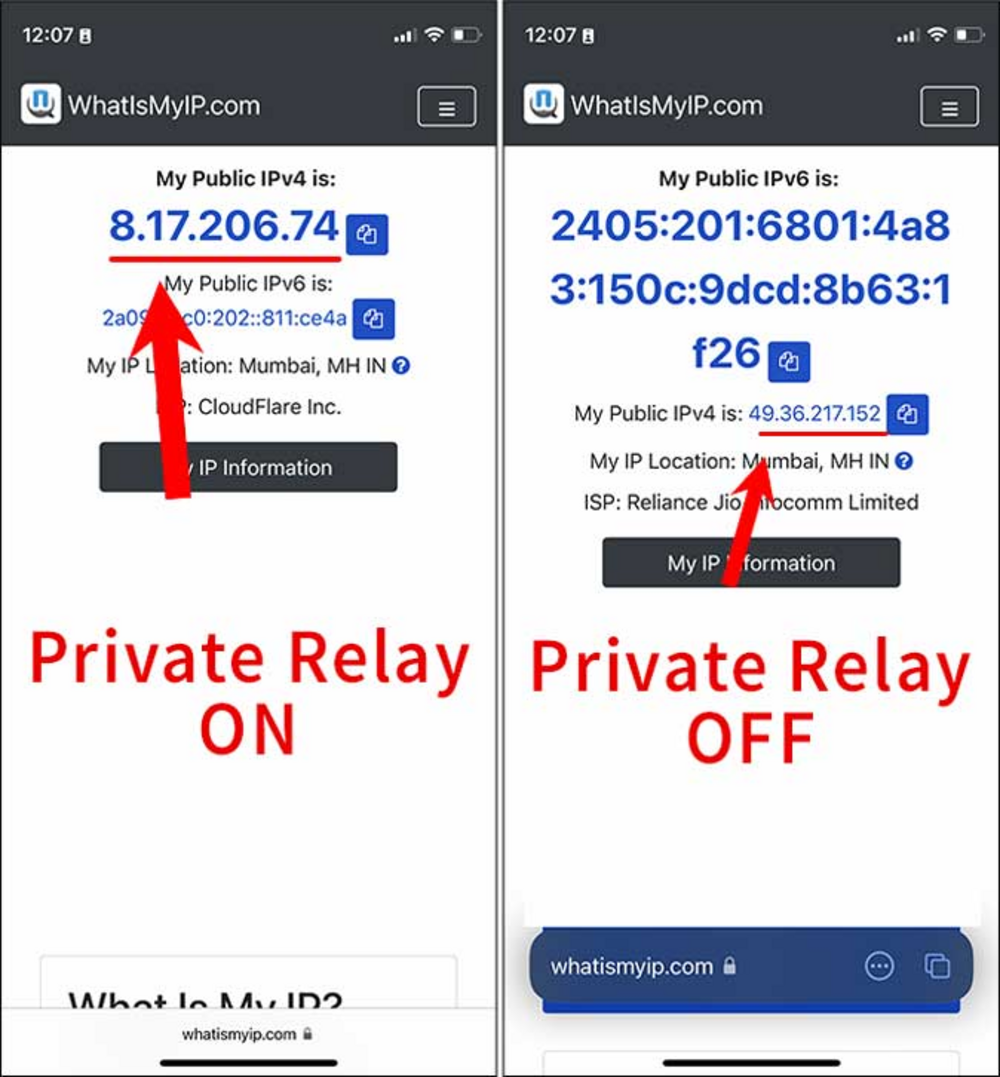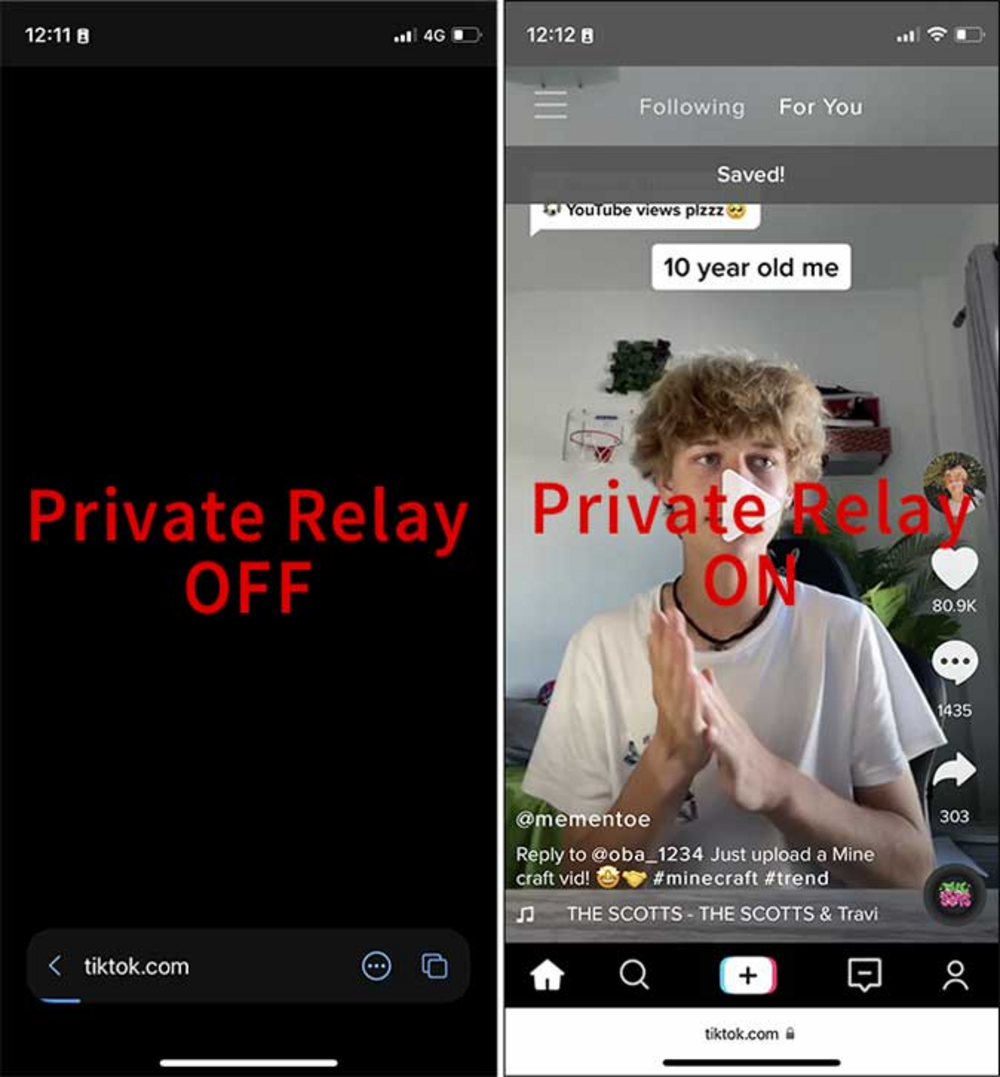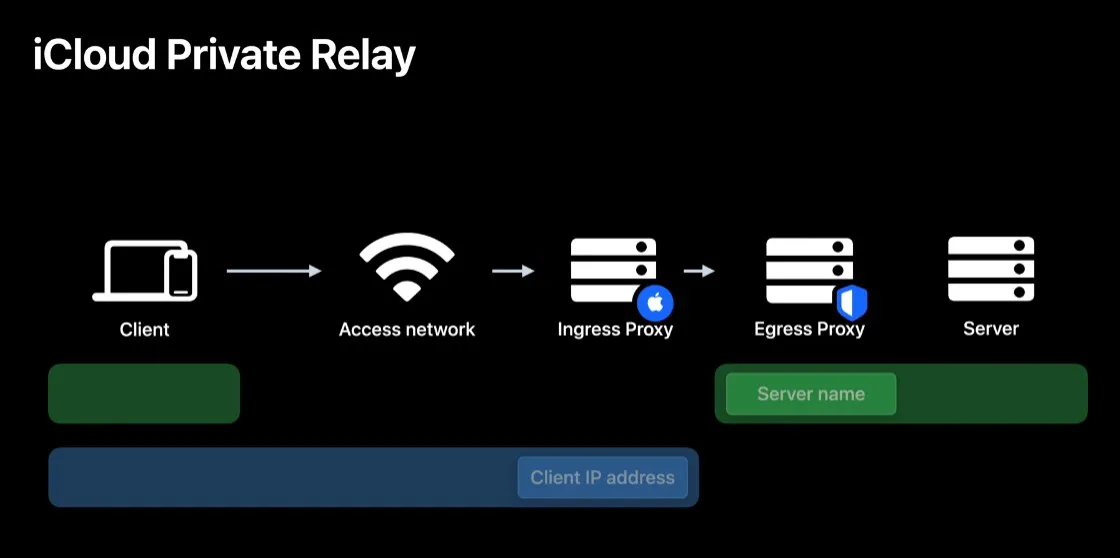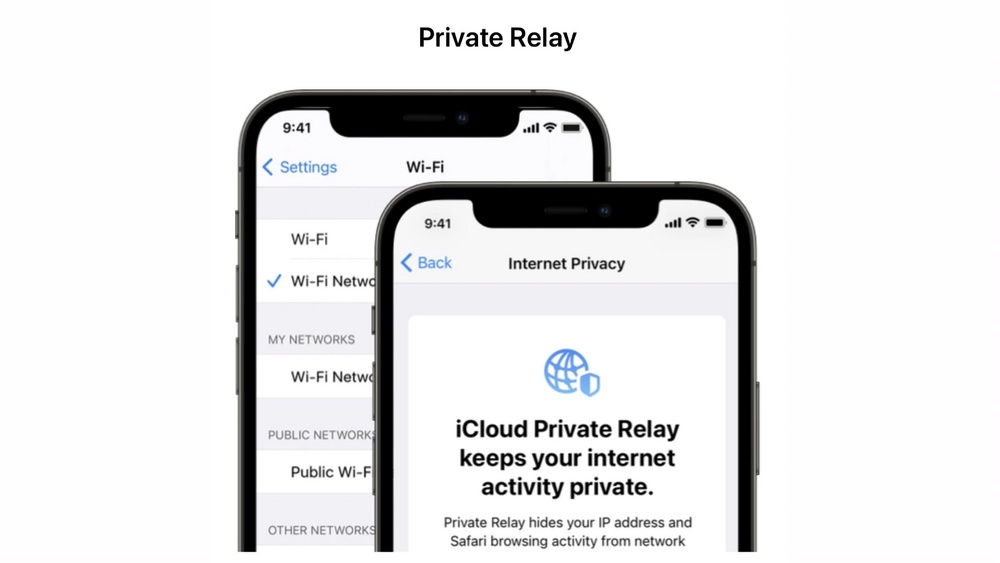Apple unveils new versions of iOS, iPadOS, and macOS, as well as their breakthrough features, every year at WWDC. At this year's WWDC event, Private Relay or Apple VPN was the talk of the town, largely because it could replace your everyday VPN app, or could it? I'm not one to take things at face value, so I decided to investigate further. Let's look at what Private Relay is, how it works, how it differs from conventional VPNs, and, most importantly, if we need both on Apple devices.
What really is a Private Relay?
Private Relay is a new service from Apple that encrypts your internet activity and relays it via two different servers to keep it concealed or anonymized from ISPs' prying eyes. The traffic from your web browser is initially encrypted on your device, which masks the traffic and prevents ISPs and other agencies from recognising your surfing data. The encrypted data is then forwarded to another server, which grants it a new IP address. The second portion is similar to a VPN, which is why the comparison to VPN apps is made.
Similarities between iCloud+ Private Relay and VPN
1. Masking Your Real IP Address
Both the Private Relay and VPN apps shield your digital identity from trackers and internet service providers by masking your IP address. If you use What's My IP Address to look up your IP address with and without VPN turned on, you will see a different IP address.

Similarly, when you enable Private Relay in iCloud settings, your real IP address is masked. In addition, both Private Relay and VPN shield your precise location from trackers.
2. Website Unblocking
Both VPN and Apple's private relay allows you to view websites that your ISP is censoring. However, with the public release of iOS15, this may change in future. Over the months I would update any changes.

Differences Between iCloud+ Private Relay and VPN
The VPN apps and Private Relay have a lot in common, and you should think about ditching your VPN. But first, let's look at the differences between regular VPN and Apple's Private Relay.
1. Private Relay Is Only Compatible With Safari
Private Relay, unlike VPN apps, is limited to the Safari browser. Apple is encouraging its users to migrate to Safari in this way. A VPN, on the other hand, works on all browsers as well as apps and devices. A VPN is still a superior alternative if you use Chrome, Firefox, desktop, or Smart TVs.
2. Content that is geo-restricted can't be accessed using a Private Relay
Even though I was able to access ISP-blocked websites using Private Relay, this does not rule out the possibility that it will not be able to unblock geo-restricted content.
Your location is hidden with Private Relay, but it remains within your nation. It may forward the requests to another city, but that is all. There's also no way to change my location to an other nation. As a result, I am unable to access Netflix US or BBC UK using Private Relay.
VPNs, on the other hand, allow you to choose from a variety of servers in plenty of other countries. So, if something is geo-restricted in India, such as BBC UK, I can simply use a VPN to connect to a UK server and gain access. Similarly, I can access the Netflix US collection by switching to any US server. However, unblocking geo-restrictions will almost certainly necessitate the use of a paid VPN.
3. Private Relay Is Less Expensive
Private Relay isn't free, but if you're already paying for iCloud storage, which starts at $1 per month, the function, along with a bunch of other privacy features, is included at no extra charge.
Most VPNs operate on a subscription basis, with prices starting at $3 per month. Although free VPNs are available, they are either unreliable, insecure, or have restricted bandwidth. We strongly advise you to use a paid VPN rather than a free one.
4. Technically, Private Relay Is More Secure
Craig Federighi, Apple's software chief, identified the issues with VPN services in an interview with FastCompany. “With a traditional VPN, users’ internet traffic is encrypted and the ISP doesn’t know what site you are visiting or your actual IP address. But the VPN provider itself knows your real IP and the websites you’re visiting. And the problem is, you can never be sure what a VPN is doing with your browsing data.”

In contrast, iCloud Private Relay has a dual-hop architecture, encrypting data before it leaves your device. To put it another way, not even Apple knows where you're browsing on the internet.
5. Private Relay not Available Everywhere
Users of China, Saudi Arabia, Belarus, Colombia, Egypt, Kazakhstan, Saudi Arabia, South Africa, Turkmenistan, Uganda, and the Philippines will not be able to use Apple's new encrypted browsing feature. VPN is your only option if you live in or plan to visit certain countries in the near future. However, only a few VPNs that have been registered with the Chinese government are permitted to operate in the country.
6. Private Relay Stays On and Connected At All Times
This may seem insignificant, but Private Relay remains operational as soon as you subscribe, and you never have to think about connecting it. VPN, on the other hand, would require the installation of a VPN profile and then a manual connection. To be honest, most VPNs nowadays provide an auto-reconnect option, though this varies depending on your VPN provider.
Concluding: VPN vs. Private Relay
Even though iCloud+ Private Relay and VPN have some similarities, such as masking IP addresses and unlocking ISP-blocked content, they are very different products. Private Relay is a feature by Apple that focuses on privacy and security. However, if you want to overcome geo-restrictions, choose various servers, or use something other than Safari, a VPN is still your only option. What are your thoughts? Feel free to comment down below.


No comments yet